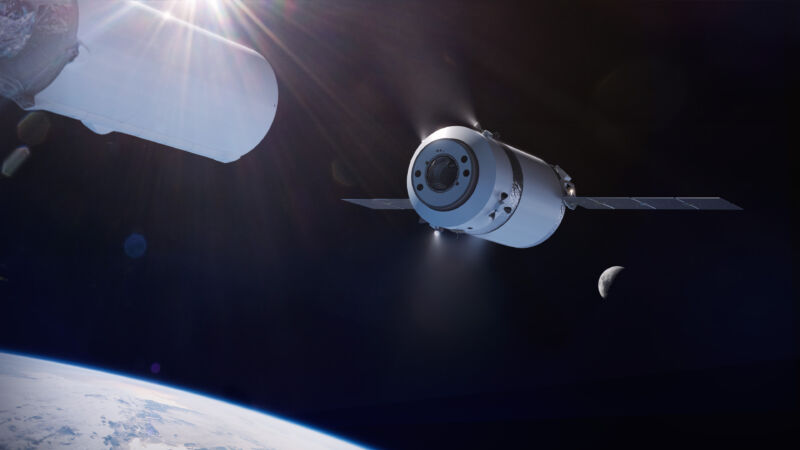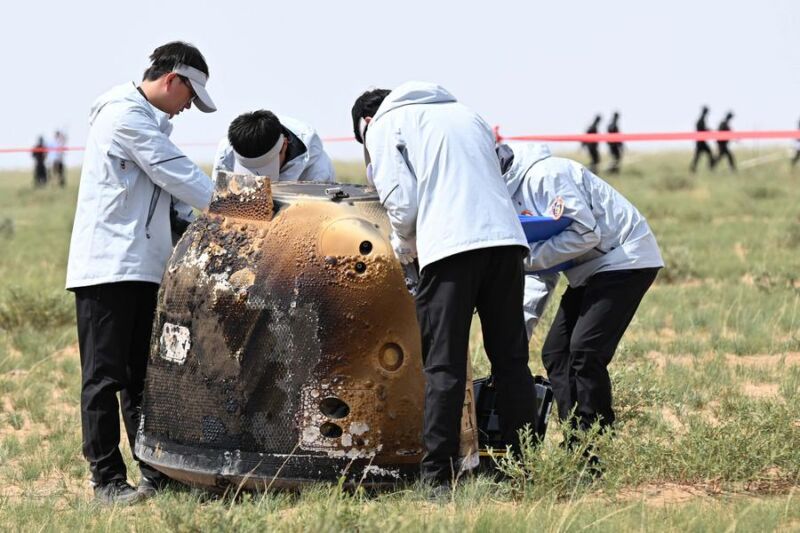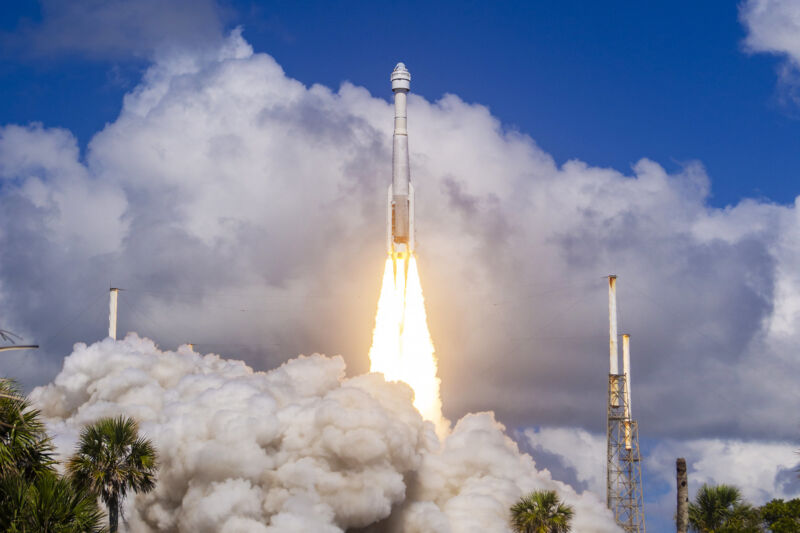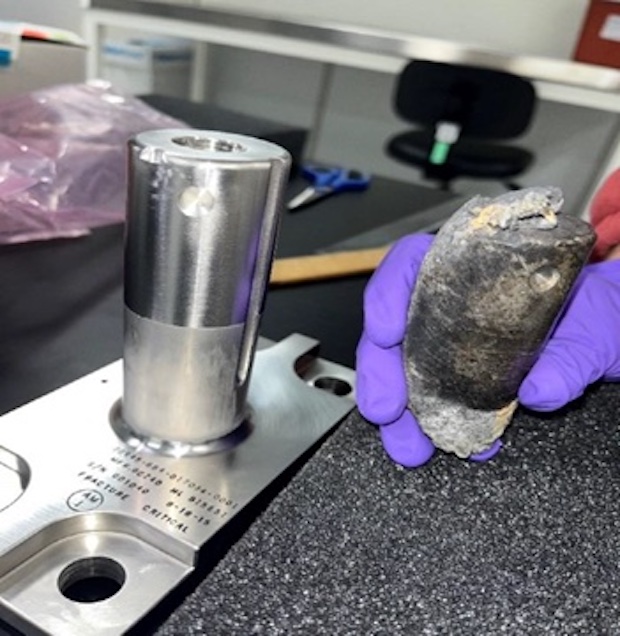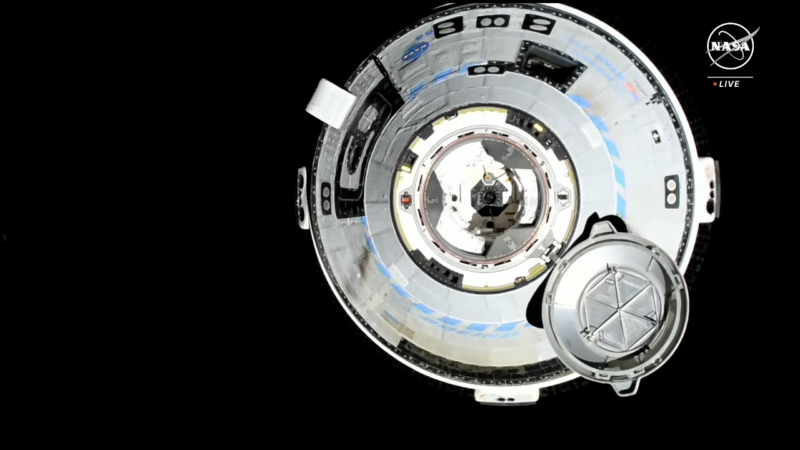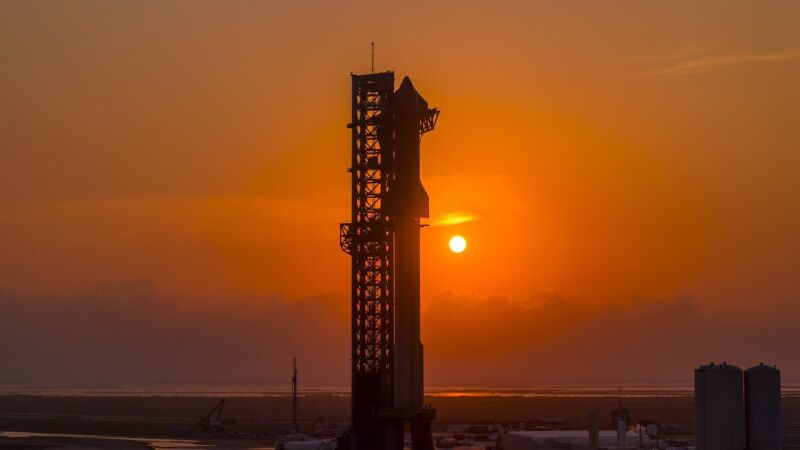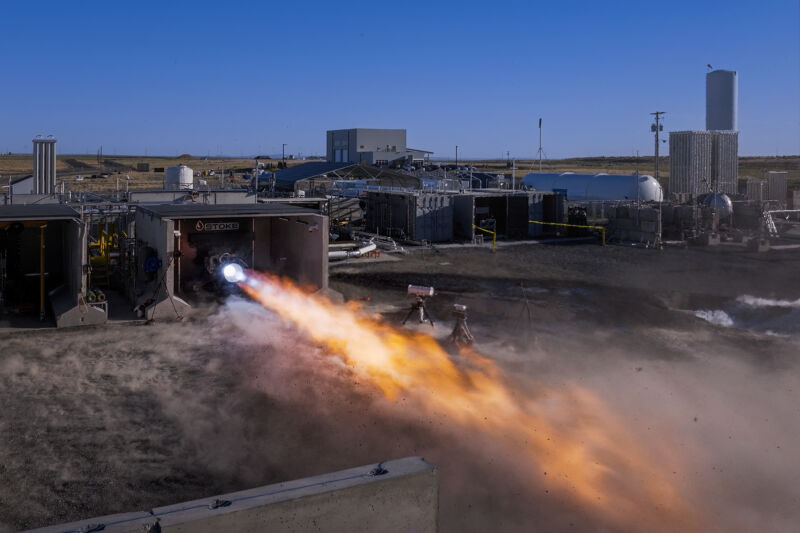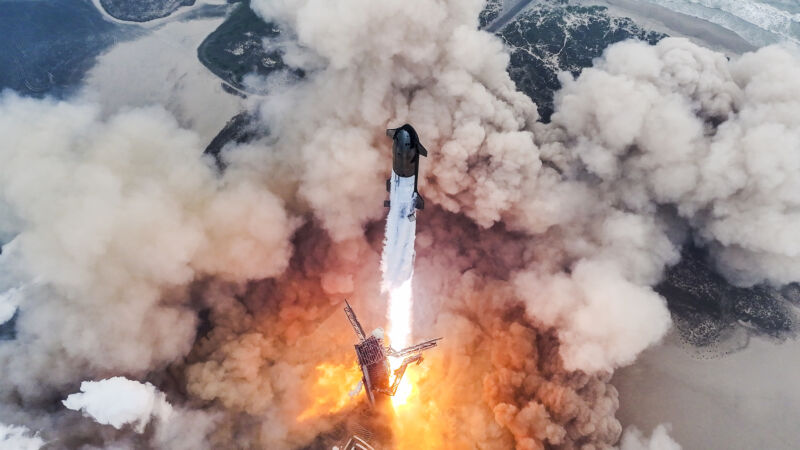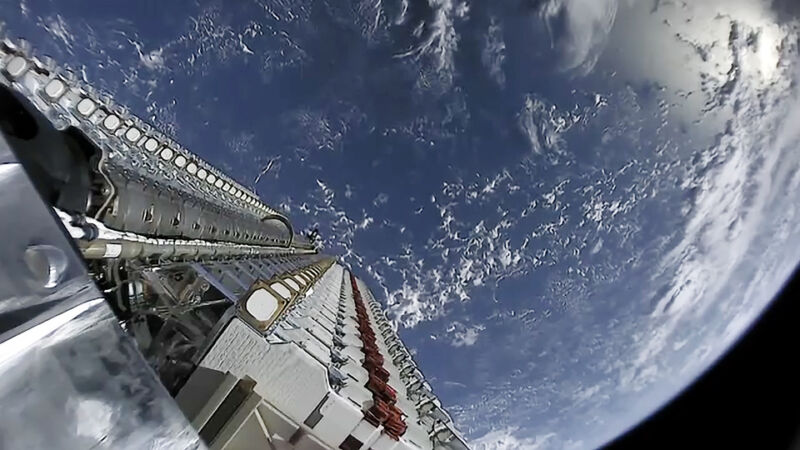Mere days before its debut, the Ariane 6 rocket loses a key customer to SpaceX

Enlarge / The flight hardware core stage for Europe’s new rocket, Ariane 6, is moved onto the launch pad for the first time. A launch is due to occur on July 9, 2024. (credit: ESA-M. Pédoussaut)
In a shocking announcement this week, the European intergovernmental organization responsible for launching and operating the continent's weather satellites has pulled its next mission off a future launch of Europe's new Ariane 6 rocket. Instead, the valuable MTG-S1 satellite will now reach geostationary orbit on SpaceX's Falcon 9 rocket in 2025.
“This decision was driven by exceptional circumstances” said Phil Evans, director general of the organization Eumetsat. “It does not compromise our standard policy of supporting European partners, and we look forward to a successful SpaceX launch for this masterpiece of European technology.”
The decision, taken at a council meeting of Eumetsat's 30 member nations on Wednesday and Thursday, comes less than two weeks before the debut of the Ariane 6 rocket, scheduled for July 9.

